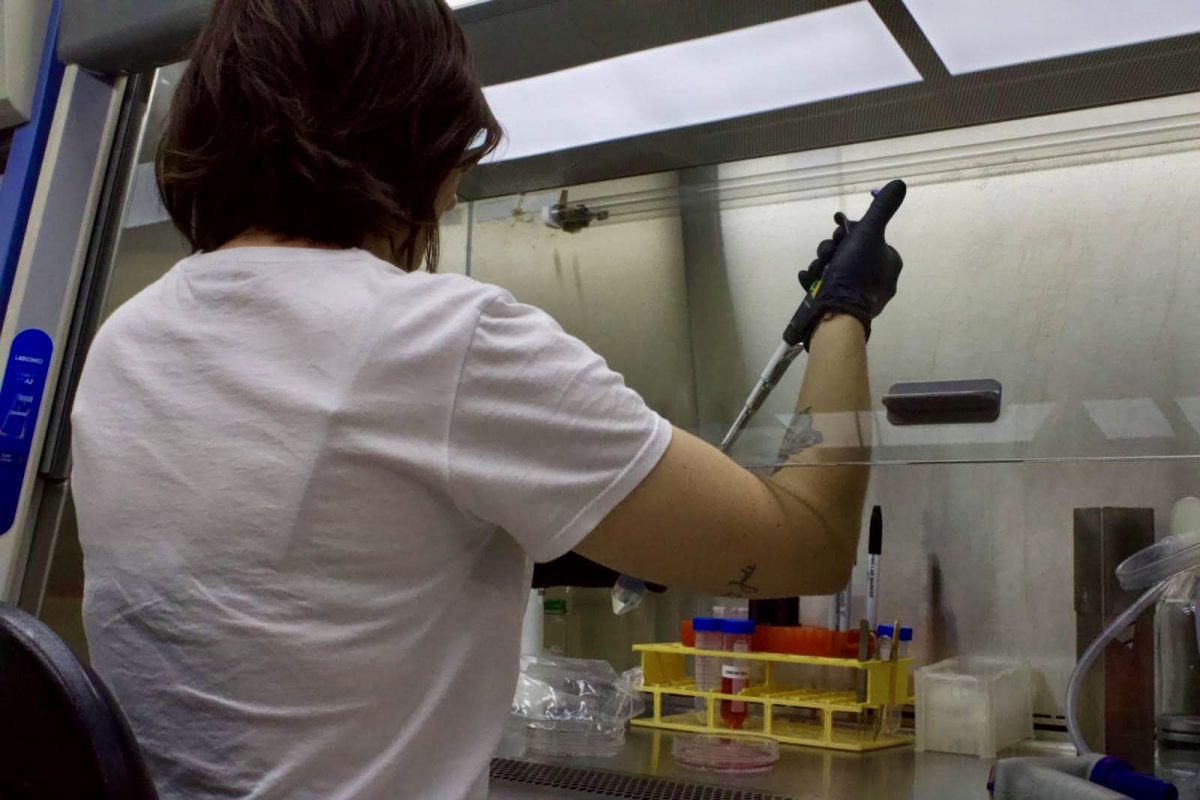Scientists at NYU’s Center for Genomics & Systems Biology have created a 3D model that could advance cancer screening and treatment. The model, which was made using 3D printing, recreates previously hidden cell behaviors that researchers said could help doctors identify early signs of growing tumors.
In an October study, researchers from the center’s Carmofon Laboratory used the model — called a 3D microenvironment chamber, or “3MIC” — to explore conditions that drive metastasis, the process in which cancer cells migrate from the tumor’s initial site to other parts of the body. The prototype imitates a malignant tumor and responds in real time as scientists add additional cells, imaging crevasses within tumor tissues that provoke cancerous growths.
Since these regions are located deep within tissues, they are not visible using traditional research methods, such as 2D models and animal cancer observations. Using 3MIC — located in NYU’s Brown Building on Washington Place — scientists can view the regions that exhibit low levels of oxygen and nutrients, a significant component of growing cancer cells.
With new viewpoints displayed by the model, researchers found that chemotherapy treatments that are typically effective at preventing cancer from spreading could not work against tumor cells lacking sufficient oxygen and nutrients, suggesting that the challenges in treating metastatic cancer stem from changes to cancer cells that make them more drug-resistant.
Manon Ros, one of the study’s lead authors and a postdoctoral fellow at the Carmofon Lab, discussed the team’s findings that increasing the acidity of the tumor environment — a consequence of the lack of oxygen — can trigger metastasis. Ros said that researchers could aim to use the role of acidification in tumors to inform new methods of cancer treatment.
“It’s easy to change the oxygen level, the sugar level and the nutrient level,” Ros said in an interview with WSN. “But to have everything in one tool is extremely complicated, and I’m really happy we could tackle this issue.”
Researchers are using the model to identify metastasis in several varieties of cancer, aiming to expand their capacity to recognize it in patients before tumor cells spread. The model could also help develop tests of new therapeutic drugs and treatments that would interrupt the process of metastasis.
“The more tools we have, the more information we have, the easiest it is for everyone to advance, to reach the ultimate goal, which here of course is to cure cancer,” Ros said. “It’s a long way to go, but the more we can share, the better.”
Contact Jade Springer at [email protected].

























































































































































